
Search engines have a huge impact on how people make decisions in every aspect of their lives and, consequently, they should have a profound impact on how businesses market themselves. Accordingly, as a digital marketing agency, we believe it is incumbent upon every business – large or small, online or off – to consider how they appear to the growing number of online searchers seeking buying information.
Consider the following:
- More people (63%) now trust the information found on search engines than information found via traditional (58%) or social media (44%).
- 51% use search engines before making a purchase in a store
- 82% of buyers using search engines follow-up with a visit or a call; of those, 62% go on to make a purchase.
So is your site ranking on the first page of the search engine results pages for your top keywords? If not, you may be missing one of the key SEO best practices that can help you improve your online presence, reach a broader audience, and drive more traffic to your website.
Use this easy-to-understand 8 Step SEO checklist:
(If you want to do a quick test on your SEO, check out our post: How To Tell If Your SEO Sucks In 5 Seconds.)
1. Match Keyword Content to Search Intent
There is a purpose behind every keyword a user inputs into Google search. A top-ranking webpage will satisfy the intent of a search query better than lower-ranking pages. The intent of a search generally falls into one of these categories:
- Informational: The user is looking for information on a specific topic
- Navigational: The user is looking for a specific website
- Transactional: The user is looking to buy something
Always think about what the intent of a search is when creating copy for a digital page. Write copy that aligns with the intent of your target users. Here’s a case study of how a healthcare chain enjoyed a 10-fold increase in search engine traffic by moving to common language instead of from industry jargon and acronyms.
(Don’t know what keywords people are using to search for you? Check out our post on how to do keyword research.)
2. Use Your Target Keywords Where They Matter Most
Where you use your keywords on a page is important. It is no longer about how many times a keyword appears on a page, but how well they are strategically used within the content. Make sure your target keyword appears in the following areas:
- Title Tag e.g. Keyword Search Phrase | Brand Name as in Easy To Understand SEO Checklist | The Marketing Garage
- Headlines and subheadlines (known as H1, H2, 3…in code)
- URL of the page e.g. (e.g. fredsredshed.com/room-rates vs. /p2nss21Qr)
- The first paragraph in the copy
- In the summary paragraph at the bottom of the page
One thing too many digital marketing agencies do is ‘keyword stuff’ your content. Relax. For better SEO, use it naturally. (See how I snuck ‘digital marketing agency’ and ‘SEO’ in there ; )
3. Write Fresh Digital Content
Google loves fresh content! So writing new content on a regular basis is important for your SEO. The most popular way to do this is by blogging. The goal here is NOT to write digital copy to rank higher. Rather, it’s to satisfy the needs of your users. Write fresh digital copy that will help your users.
For example, if you were a mortgage broker, you would want to write blogs about the mortgage process, how to apply for a mortgage and answer common questions your customers have about mortgages.
How much content should you write?
It’s different for every business. If you are in an industry where your competitors have great SEO, you will need to write fresh copy more frequently. Do some competitor analysis to see how often they add fresh copy. Use this information to create an editorial calendar and plan your content creation strategy.
Need to convince management to start a blog? Check out 6 Reasons Your Business Website Needs A Blog
4. Refresh Existing Digital Content
Perhaps the most overlooked item on SEO checklist is refreshing existing content. Over time, some content can become stale, outdated, or even incorrect. It’s a good idea to review your existing content for opportunities to make it better and up to date. If you set it and forget it, you could see a page start to drop in the SERPs. This is a sign it needs some updating.
Do you know what your top all-time blogs are for instance? Using Google Analytics’ Site Behaviour section, set a really long timeframe and filter the results to just see ‘blog’ content to see those old posts that people love.
5. Use Internal Links Strategically for Even Better SEO
Connecting the pages of your website is important to show Google how your website works collectively. Strategically linking your pages makes it easier for Google to understand your website hierarchy. Internal links can help to boost your rankings. To do this, you should add internal links from your top website pages to other pages that need a boost.
Not sure which pages to link? Connect pages with similar topics, a product or service page that is relevant to the content. That’s a big help to your visitors.
6. Optimize Your Online Page Speed
Website performance is very important. Most users will immediately exit a page if it takes too long to load or has technical issues. Like other digital marketing agencies, we use the Google PageSpeed Insights SEO tool to test pages. It’s free to use and it will score your webpages using a number of factors. Use the insights provided to make your pages load faster, improving overall user experience.
7. Optimize Google My Business and NAP SEO
Offsite SEO is also an important factor. You can quickly improve your online presence by creating and optimizing a Google My Business (GMB) profile. A complete GMB profile can give you a greater presence for branded searches, on maps, and it allows you to collect online reviews.
Here’s a case study on how boosting reviews took our client to the #1 spot in the Google Map search results.
Another strategy to boost your local SEO presence is to ensure your company Name, Address, and Phone number (NAP) is correct across the web. Google scans local listing and directory sites when looking for information about your business. Incorrect NAP information can confuse users and make it more difficult for them to contact you.
8. Build External Links To Your Website
Ok, so now your website is sending all the right signals to the search engines as to what words to get you found for! Is that it? Are you done your SEO?
Nope.
Do you think Google trusts you? Not really. Who they trust are other websites with high authority in their eyes. If some of those sites link to your website, then the search engines are going to trust YOU.
The more links you have that are high quality, the more Google will trust you. (Think of them as votes.)
How do you know how much authority a site has? MOZ has a handy browser plug-in that scores a site’s page and domain authority out of 100.
So in addition to creating a Google My Business profile, you can also add company profiles to business directories online and usually get a link back. And/or you can reach out to authorities in your sector – universities, associations, publications – and get listed with a link. Or if you really get a great blog going, then people will start naturally to link to your content.
You can do this manually or hire a digital marketing agency to do it for you.
Use This SEO Checklist to Avoid Mistakes
SEO is increasingly about creating the best user experience possible. Make this a priority when creating a new website page, writing digital copy and when optimizing it for SEO. Always put your users first. Use the above checklist of SEO best practices to create your own up-to-date SEO checklist. As a digital marketing agency that’s performance-driven, we use checklists all the time for the simple reason that a) we’re very forgetful and b) they work.
The Marketing Garage is an award-winning Toronto digital marketing agency that has extensive experience in cultivating effective digital marketing strategies. Check out our SEO page to gain a better understanding of how we can help your website get found online. Start growing your company’s online presence today.
How else can Digital Marketing help you?
Learn MoreAre you ready to have a conversation?
Talk To UsMore digital marketing tips on our blog

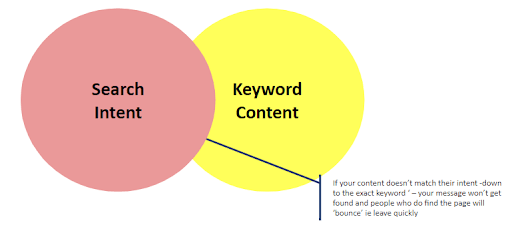
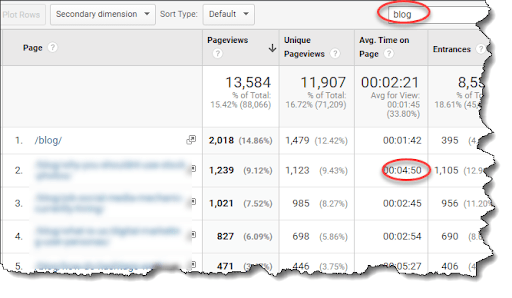
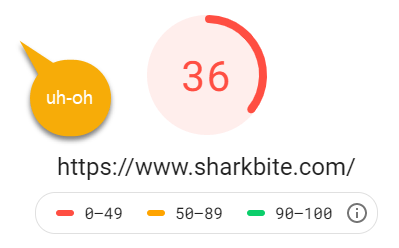


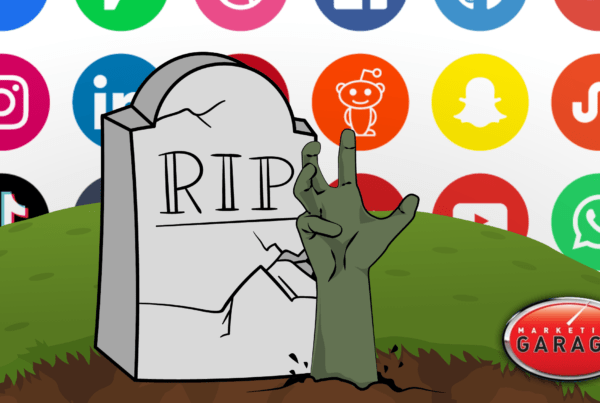
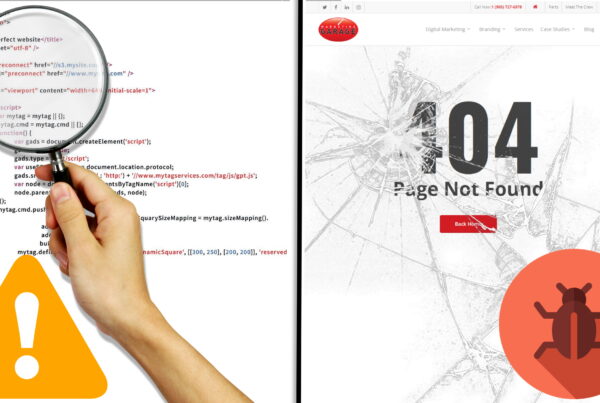
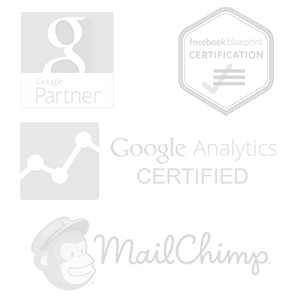

One Comment